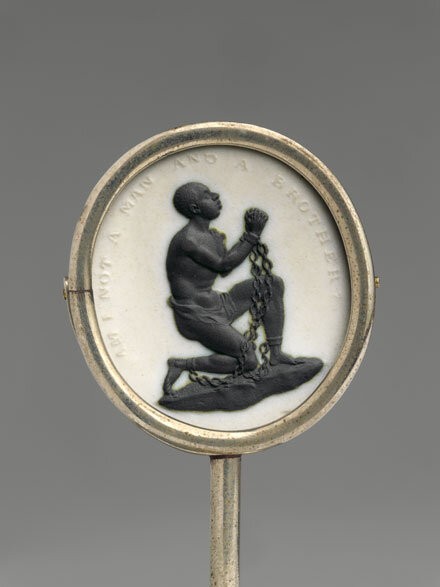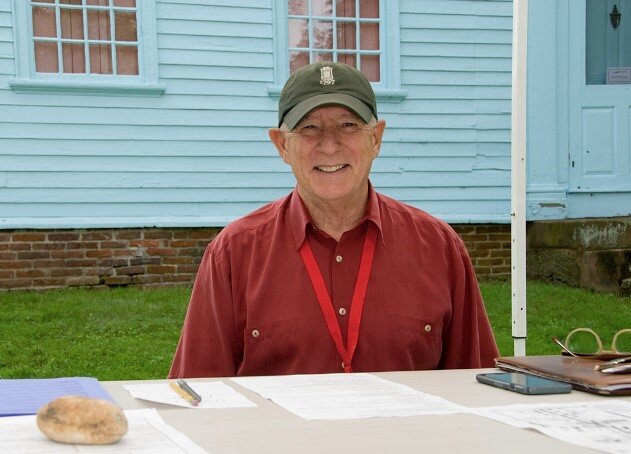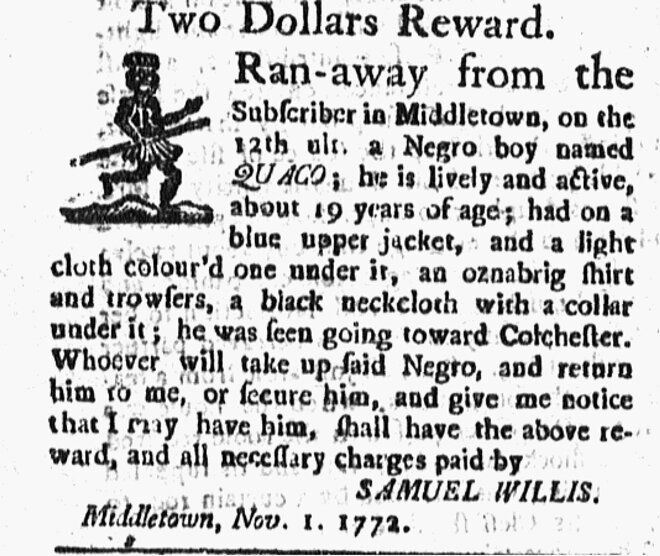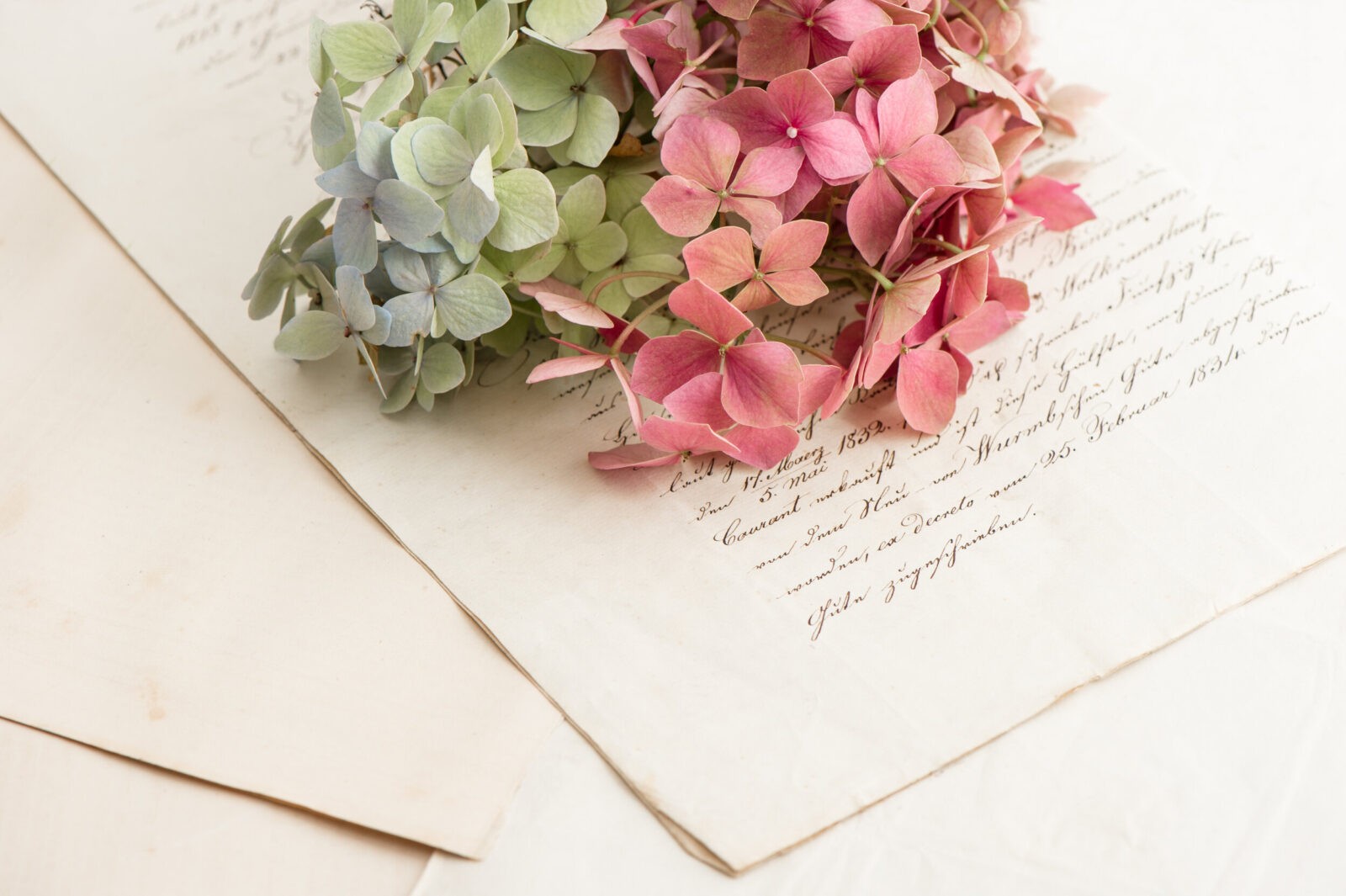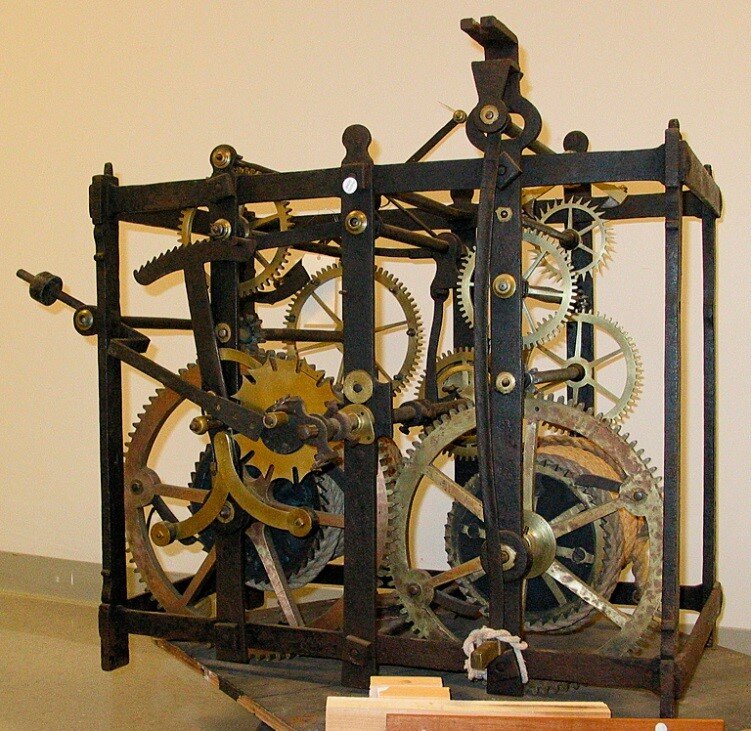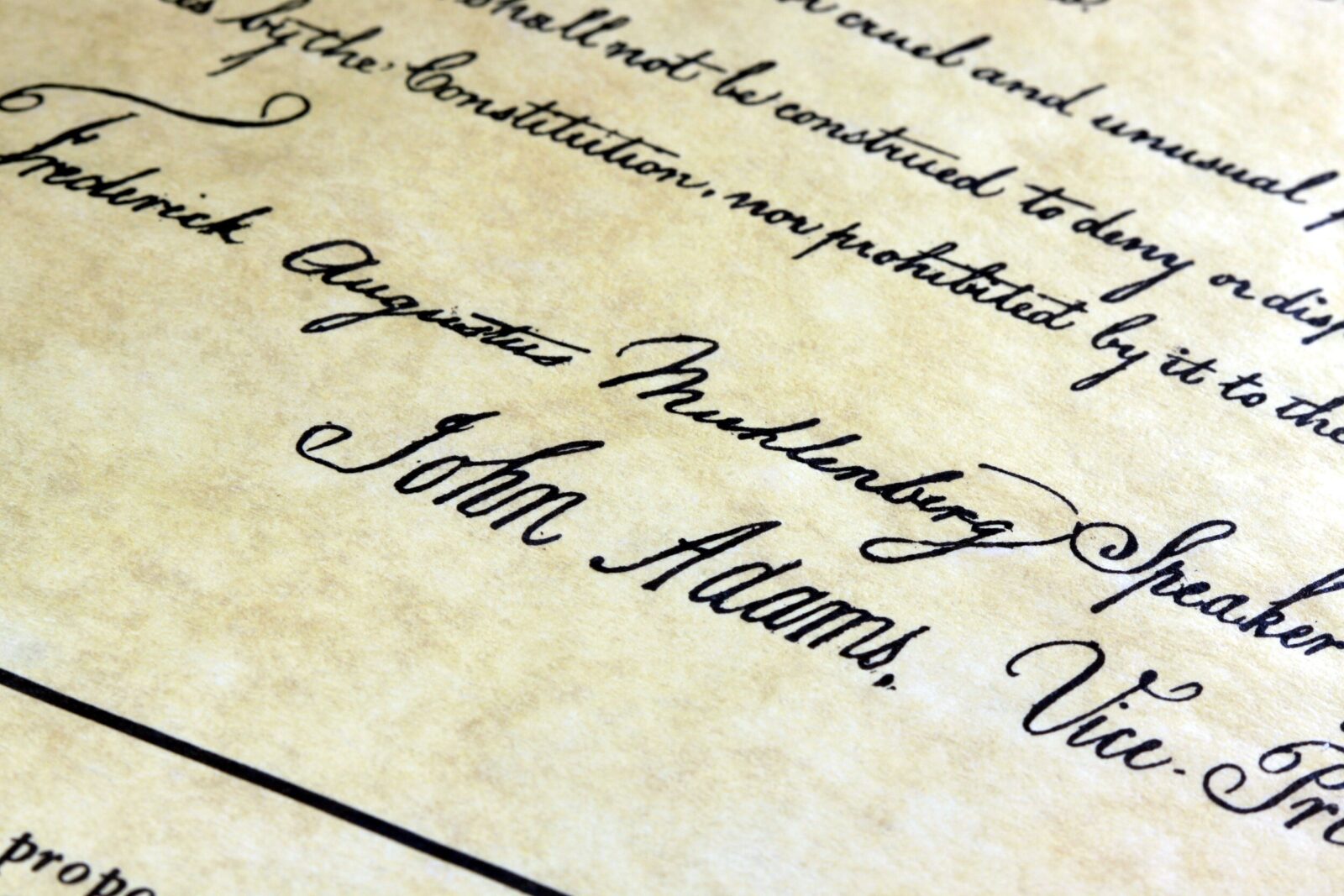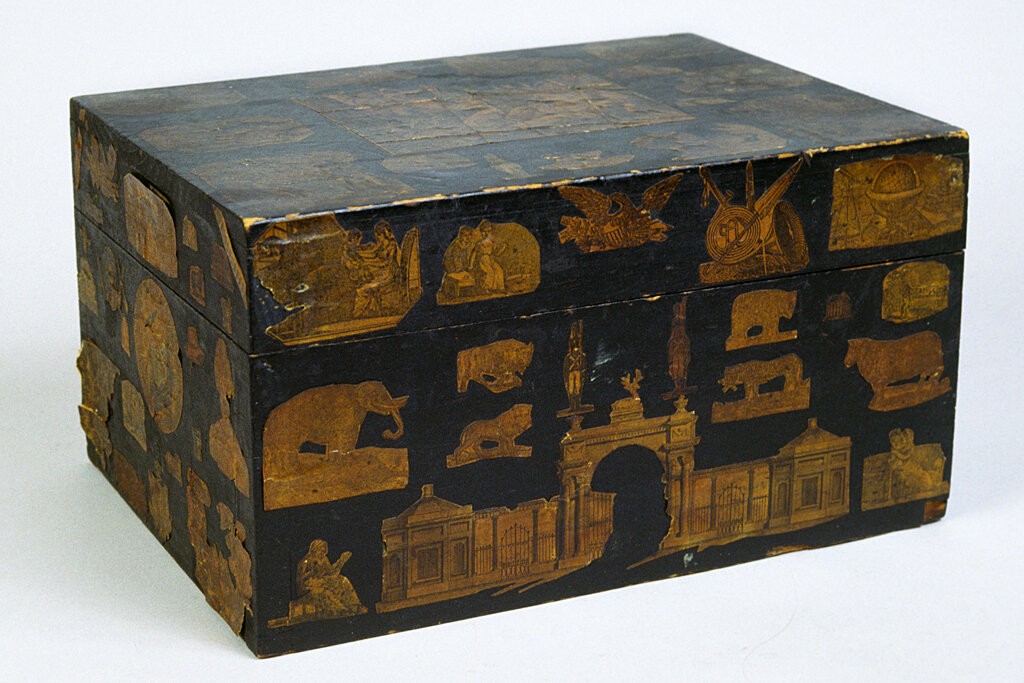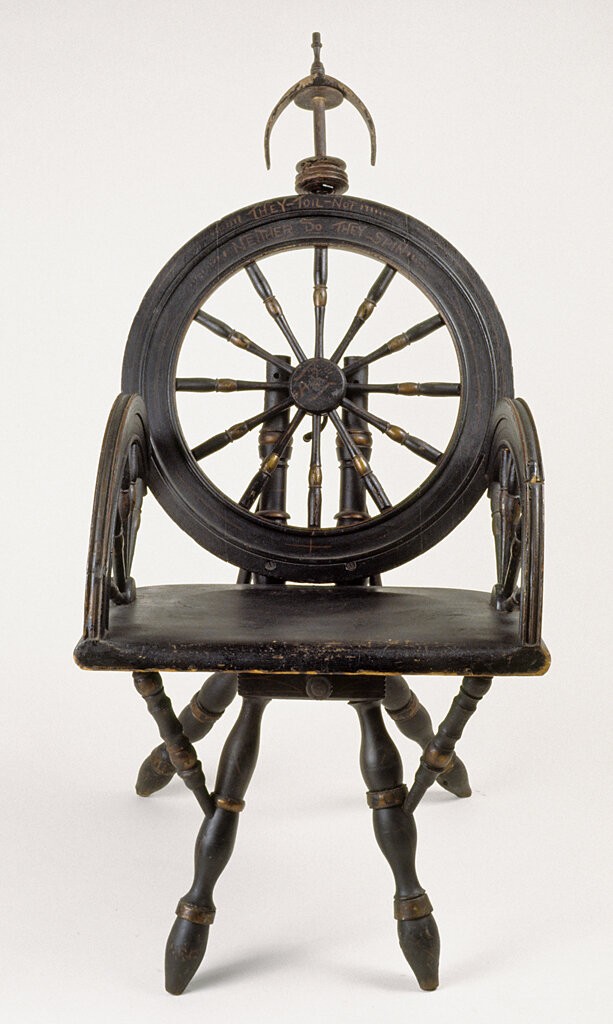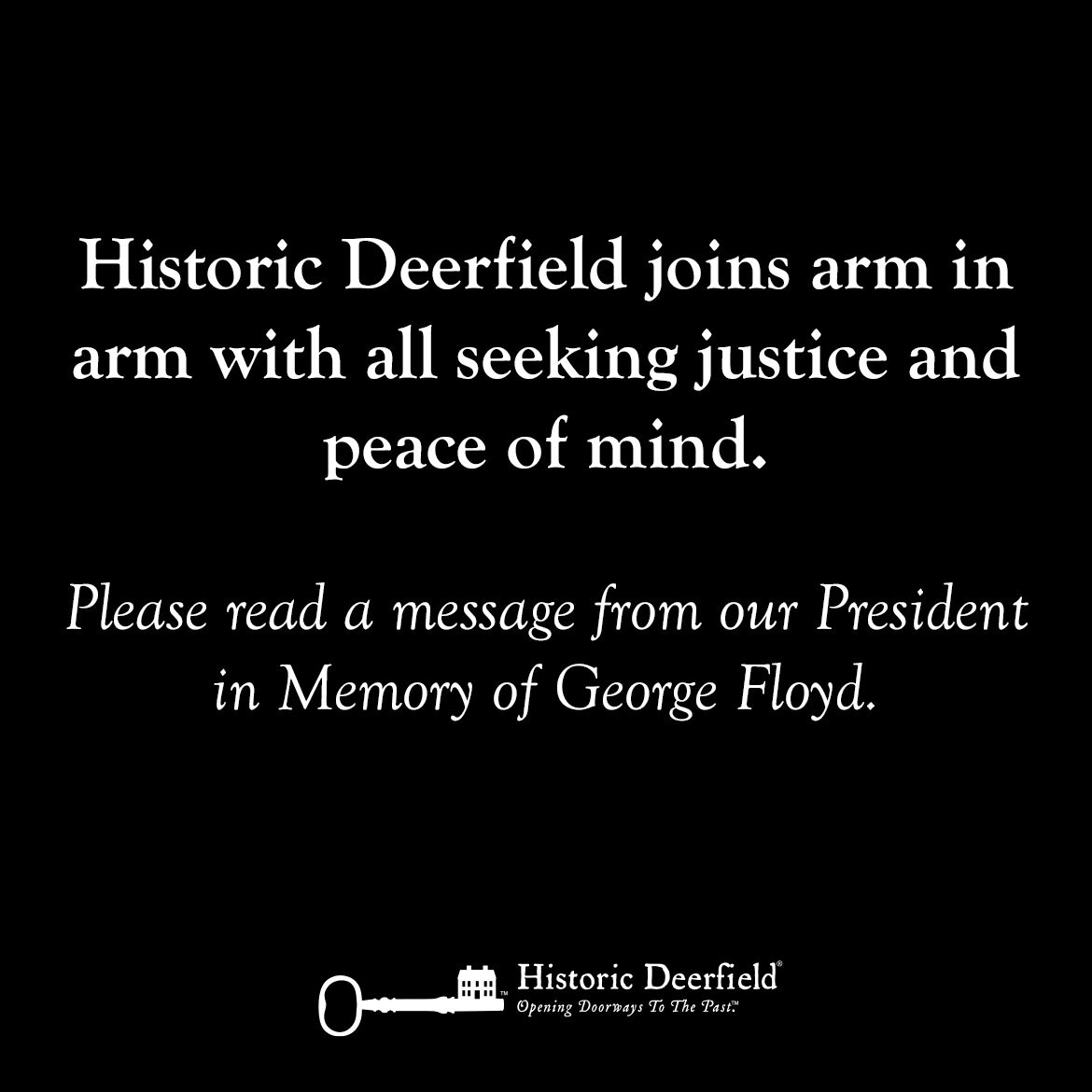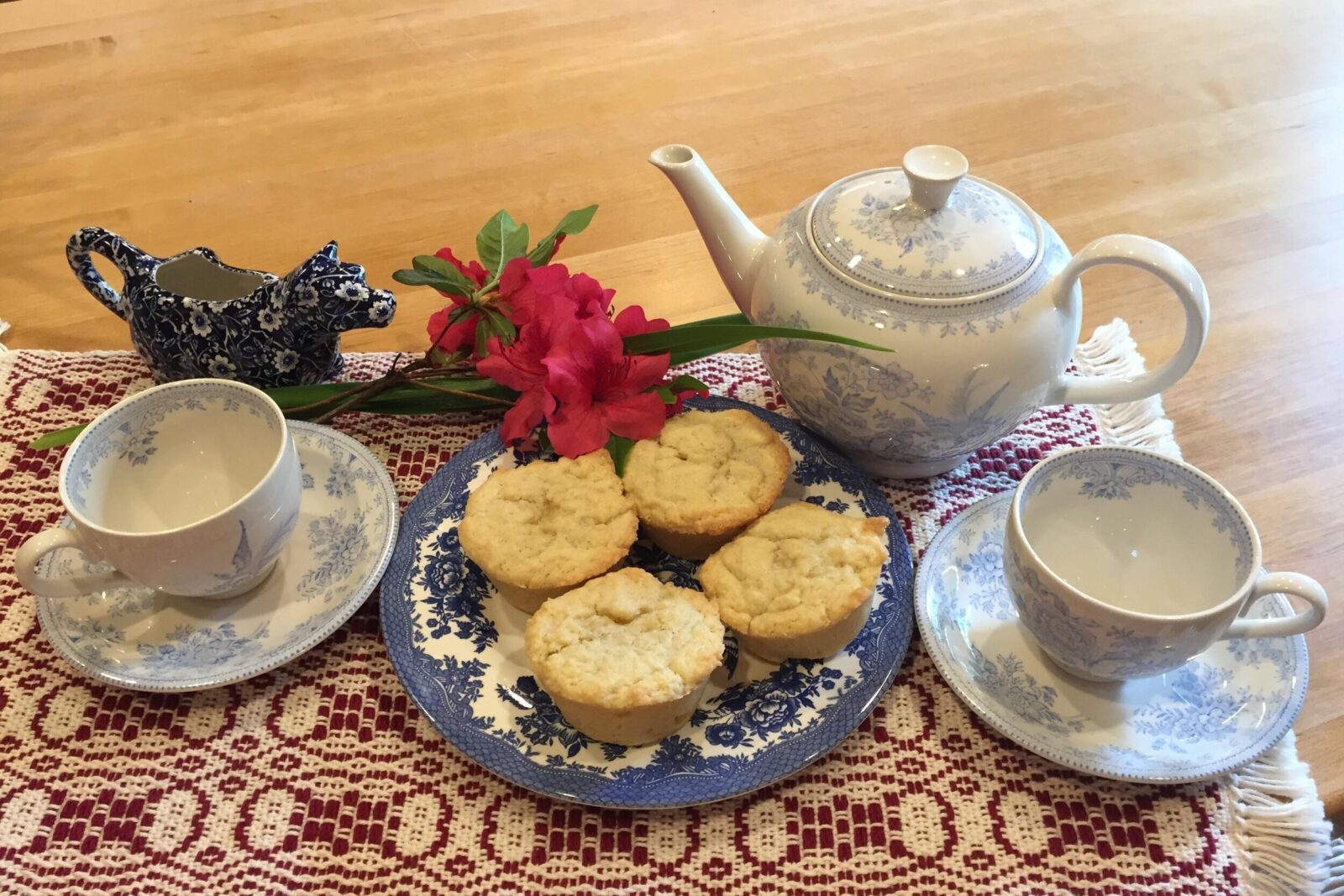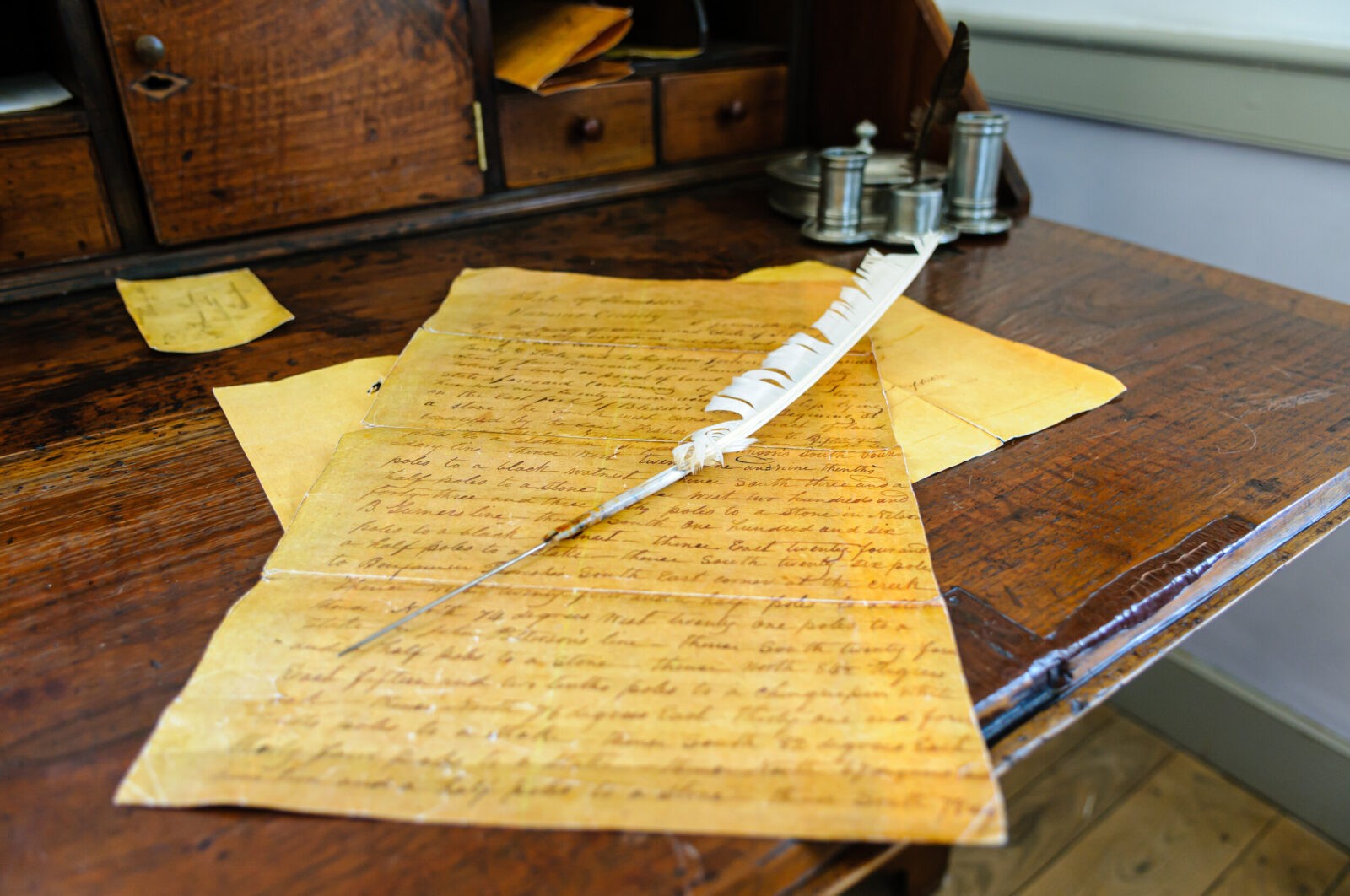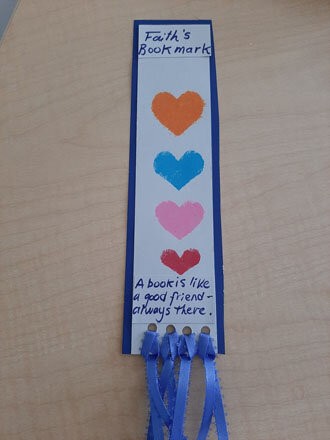Despite its popularity in the 17th and 18th centuries as a sweetener in beverages such as tea, coffee, hot chocolate, and punch, sugar in New England (and globally, for that matter) has a very bitter history. As the popularity of sugar increased, the amount of enslaved labor required to harvest sugar also increased to meet the ever higher demand. However, beginning in the 18th century in places such as England, critics of slavery and the slave trade grew louder, and took to expressing their condemnation of slavery on a variety of media, including ceramics. Josiah Wedgwood (1730-1795) was one such critic, producing in 1787 a ceramic medallion that effectively advocated the abolitionist cause.
The Village Broadside
The Blog of Historic Deerfield
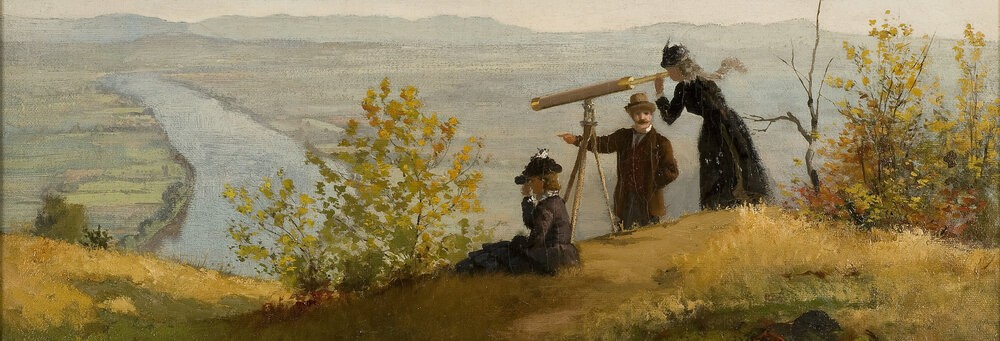
Celebrating our Ambassadors – An Interview with William Fennessey
Historic Deerfield is honoring our volunteers this year with a series of interviews we are calling “Celebrating our Ambassadors” that introduces a few of our volunteers to our friends and followers. Our Ambassadors give their time with a variety of special talents. In this blog interview, William (Bill, to us) Fennessey shares his thoughts and memories of his volunteer time.
Board Games
Bored with your daily routine? Are you in a Netflix binging rut? Turn off your devices and dust off your chess set, play a game of checkers or mancala, crack open a dictionary and look for new words for a scrabble match, or teach yourself how to play a favorite old tavern game like table-top nine pins, shut the box, nine men’s morris, or fox and geese.This Monday we’re encouraging you play board games and to create your own.
Picturing Slavery: Clothing, Appearance, and New England Advertisements for Run-Away Enslaved Men During the 18th Century
Enslavers regularly placed “Run Away” advertisements in 18th-century American newspapers when their human “property” attempted to escape a life of perpetual bondage. Such ads are a powerful tool for present-day researchers documenting resistance to slavery. They also offer glimpses of individual enslaved people as they appeared to white contemporaries. Despite their inherent bias, run-away ads are thus an important source that can help us to better understand the clothing and appearance of historically under-represented people living in 18th-century New England.
A Blog About Abigail and John, Part 4: “My Dearest Friend/Miss Adorable”
In the latest blog to this ongoing series, David Bruce Smith explores the Adamses love lives and their positions on slavery.
Corn Husk Dolls
This Monday, we are going to show you how to make dolls using corn husks. Popularly known as “Corn Husk Dolls,” we are presenting our own adaptation of a traditional Native American craft. Corn husk dolls have been, and are still, crafted world-wide by just about every culture that grows corn.
Exploring Engraved Powder Horns
This Monday we’re encouraging you to create your own paper powder horn. We will show you some examples from The William H. Guthman Collection of American Powder Horns at Historic Deerfield, offer a brief description of how a powder horn is made, and then guide you in making your own paper powder horn.
Timekeeping in Early Deerfield
Timekeeping is the measurement of elapsing time. Humans are drawn to timekeeping “up to the minute” because we are self-important with “no time to waste” and because we are driven to master our surroundings through the manipulation of machinery.
Commemorative Plates
This Monday we’re encouraging you to create your own commemorative plate. See examples in the Historic Deerfield collection and learn step by step how to make your own.
A Blog About Abigail and John, Part 3: “Braintree, Boston, Britain and Back”
In this third post of our blog about Abigail and John Adams, author David Bruce Smith explores the Adams’s time abroad, and their changing relationship with Thomas Jefferson.
Learn How to Quill
Learn about the historic art form of quilling. See an example of quilled art from the collection, and learn how to make your own quilled shapes and pictures.
Homage to Decoupage
This week’s Maker Monday project comes from a suggestion made by Amanda Lange, Curatorial Department Chair. We have a small wooden box, beautifully decorated with paint and paper cut-outs in our collection. This box represents an art form called decoupage. We thought you would enjoy learning about it and trying to decorate your own special box at home.
Beans! A Seasonal Garden Activity and Recipe
This Monday we have adapted an activity from a garden program that we have offered at Historic Deerfield during previous Junes. At the History Workshop, we have a teaching garden. Every year we feature plants like flax, broom corn, herbs and vegetables that support our interpretive programs.
An Object I Love
Every object has multiple meanings. Usually these need to be discerned or discovered—there’s the obvious meaning of what an object is and how it was used as well as the layers of secret meanings with which people endow the objects in their lives.
Unusually, this chair makes that process blatant.
Chairs are for sitting; spinning wheels for spinning fibers. Not anymore. Now spinning wheels are for sitting—and for an ideological respite at that.
In Memory of George Floyd
HIstoric Deerfield joins arm in arm with all seeking justice and peace of mind. Please read a message from our President in Memory of George Floyd.
Tea Time, Anytime: All About Tea
This Monday we have something a little different for you. It is an activity that comes from a popular program we have offered called “All About Tea,” where we like to offer visitors the opportunity to sit and enjoy teatime. So today, we want to offer you a virtual tea party!
A Blog About Abigail and John, Part 2: Friendship with Thomas Jefferson
In this second post of our blog about Abigail and John Adams, author David Bruce Smith explores the relationship between John Adams and Thomas Jefferson.
Fun with Stencils: Make a Bookmark
Americans practiced the art of stenciling extensively during the early decades of the nineteenth century. Learn the history of stencil art, and how to make your own stencil and bookmark in this activity.
Historic Deerfield President and CEO Philip Zea to Retire in Spring 2021
Historic Deerfield, Inc., announced today that its President and Chief Executive Officer, Philip Zea, intends to step down and retire in the Spring of 2021. Zea has led Historic Deerfield since 2003. He also served Historic Deerfield for 18 years earlier in his career, from 1981 to 1999, concluding as Deputy Director and Chief Curator.
Making a Cup Cake – Baking with Lydia Maria Child
We have so appreciated your response to our Maker Mondays Blog and have enjoyed the emails and photos you have sent us. From your feedback, we know that our Butter and Biscuit blog was a favorite so we thought we would offer another baking project. This one is a cake recipe that comes from a book published in 1829.
